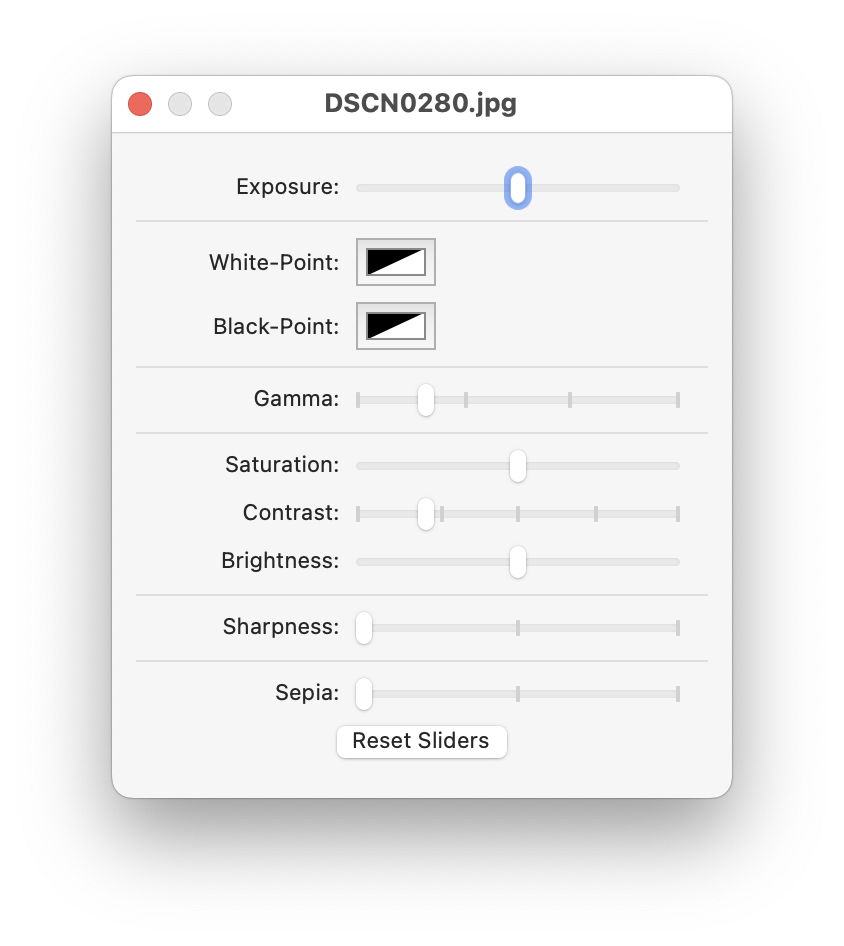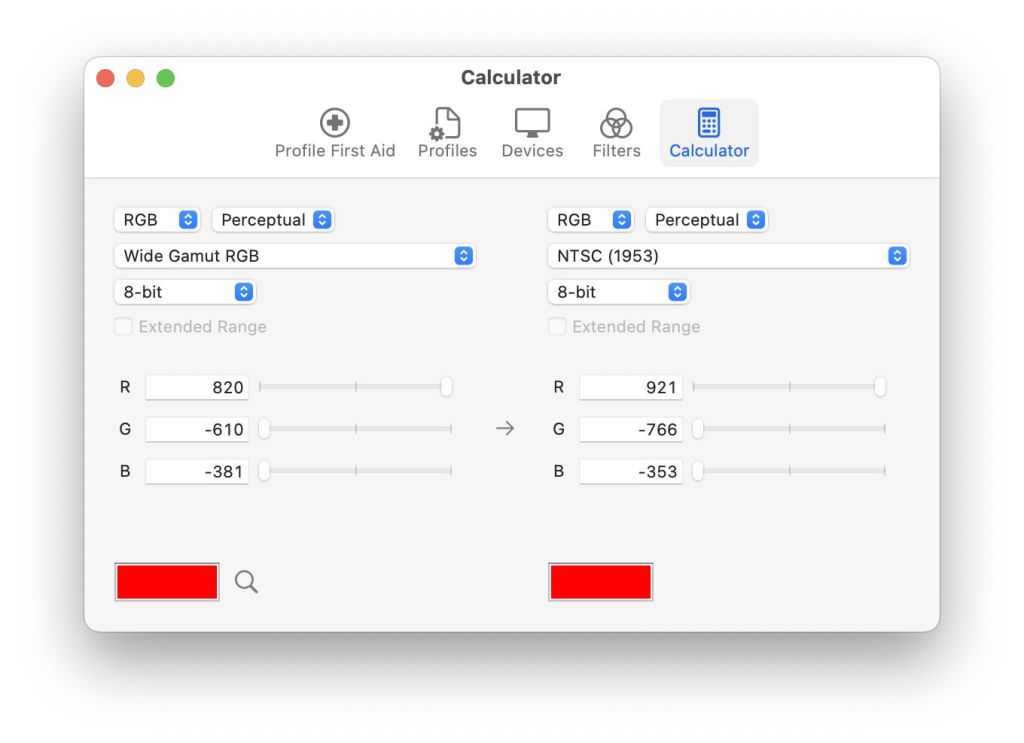At one time, ColorSync was a leading light in colour management, and the ColorSync Utility full of useful tools for working with and managing colour. Although that app is still included in those bundled with macOS, now at version 12.0.0 in Monterey, its gardener seems to have been away on vacation for a few years, and it has been sadly neglected as a result.
Colour Profile First Aid

If your Mac has been set up through a long chain of migrations from older systems, it’s likely to have many old and defective colour profiles installed. This useful tool can verify installed colour profiles, and may be able to repair some of them. This appears to be fully functional, but many of my Mac’s older profiles couldn’t be fixed because the files are locked.
Colour Profiles

This tool lets you view and compare different installed colour profiles, and is one of the most interesting and frustrating in this utility. That’s because, although it can display profiles in what appears to be a standard CIE chromaticity chart, you can’t manipulate the chart to show it fully. Instead of offering a standard view, it insists on making it 3D, and dragging it around doesn’t help at all.
Devices

This allows you to set colour profiles for your display and other devices, and to inspect those profiles in full detail.
Filters

This is perhaps the most underused and potentially powerful tool, in that it lets you design custom Quartz filters which can change profile, resample images, change their compression quality, and more. It also gives access to the full range of built-in filters. However, if you already have third-party image or photo processing software, like Affinity Photo, you’re unlikely to find it capable of doing anything that app can do even better. Further details are given by Apple here.
Calculator

What should be an invaluable tool for performing conversions between different colours, such as from 8-bit RGB in sRGB to floating-point in a different colourspace, is marred by several bugs which make it completely dysfunctional and untrustworthy. Experimenting with different formats, including floating-point extended range, quickly results in absurd numerical values, as shown in the screenshot. Although these most readily occur when negative values have been used in floating-point extended, other odd disparities come and go too.
Even worse, there’s no way of selecting a colour to convert. Its magnifying glass tool only works so long as it’s held over the app’s window; move it away, and instead of displaying the colour from another window, it shows the underlying colour in the Desktop image. The app also appears incapable of accepting any colour pasted into its colour well from elsewhere, so the only way to set any given colour is using its sliders or their numeric equivalents.
Those bugs are present on both Intel and M1 Macs.
Colour filtering and adjustment


It may not be obvious from ColorSync Utility’s toolbar, but you can use the app to perform colour and other adjustments and apply its Quartz filters to images and PDF documents, and to print those using set adjustments. Use the Open command in the File menu to open the image or PDF file, and the app provides menus in the document window. Although those for images are commonplace across many apps, the ability to make adjustments to all the images embedded in a PDF document is more unusual.
Apple describes these processes in detail here for images, and here for PDFs.
Digital Colour Meter app

While ColorSync Utility’s calculator may be unable to report colour values for anything of use, there is another app in the Applications/Utilities folder, Digital Colour Meter, which can do this. Unfortunately, as it can’t copy colours for pasting into ColorSync Utility, you’ll just have to type them in manually.
What could have been a valuable set of tools is now full of weeds and bugs. Maybe Apple intends dropping ColorSync Utility altogether in a future version of macOS. That would be a significant loss, for the only substitute that I know of is BabelColor’s CT&A, which is aimed at and priced for the professional ($125), and still doesn’t run native on Apple silicon Macs.

